.
.
An ongoing series designed to share the quality of jazz poetry continuously submitted to Jerry Jazz Musician.
Thanks to the poets…and enjoy!
.
.
___
.
.
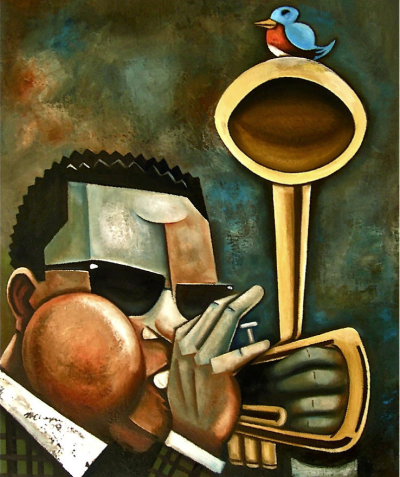
“Diz with Bird” by Martel Chapman
.
___
.
Life is Jazz
Life is jazz, always improvisational. Groovin’ and swingin’, low down and funky, stately or sad. Fast, slow, medium, sometimes mad.
Monk, Trane, Ornette, Ellington or Basie; whatever’s tasty; it’s there for you to fork or spoon in and digest. Perhaps… just grab it with your bare hands and wildly devour every note and chord.
It’s blues or a hot Latin dish, a waltz, a bossa or a wish. Sometimes a frenzy of irrational squawks and squeaks and non-melodic sounds from the Sun…Rah… Rah… Rah. It makes you want to “get-down”, or Take Five and sit down to hear your life as a sad melody, a Holiday of another day.
It can scare you, please you, love you or tease you. It’s good, it’s bad… but it’s always improvisational.
Life is Jazz, Man, and you can’t deny that it’s great. Gabriel will blow his horn on that fate.
.
by Stanley Ellis
.
___
.
Blue Note
Warm smoky dimly lit room
A cool breeze blowing jazz
Sounding brass
Tarnished trill trumpet
As good as it gets
Playing at Chet at his very best
Hearing colours, tasting sounds
Jazz played
Underground
.
by Jeff Dunn
.
___
.
Whatever Troubles
Solo artist
Combo
Full band
Relaxful energy
Concert or jam
Rhythms swaying bodies
Vibes soaring souls
Beats dancing feet
Tapping toes
Euphoric vocals
Blithe spirits improve
Whatever troubles
Jazz
Soundly soothes
.
by Mike Mignano
.
___
.
Amidst the Broken Things
“In castoffs there are profound treasures”
……………………………– John Outterbridge
Your easy smile
And how quick you are to laughter
It belies your wielded magic —
What the world discards
You make immortal
Metal from junkyards / debris left over
From the 1965 Watts Rebellion / all of
This and more finding its way into your
Art. ….It feels like:
The iconography of Jazz
With its Blues adjacent
Audacity in the hammered sheets of metal
In the wood, the leather and the colored rags
Assemblage Art: complex, referencing Africa
Referencing Greenville, NC; decontextualized!
In a Depression era youth, your grandmother’s herbal
Healing pouches and quilts made from discarded fabrics
Tell a story of what can be found / salvaged / preserved
An aesthetic built upon folklore and heritage! You oversee
The wonders of Simon Rodia’s Watts Towers and serve as
Griot with your own 3-dimensional canvases: “I build altars
Celebrating the remembrance of the things that have been
Kind to our sensibilities.”
The beauty of life’s graceful Broken Dance —
Your audacious lady of stainless steel and leather
Sits atop an ammunition box — leg hoisted; dainty foot
Aloft. …And what is she picking up on her radio antenna:
Free Jazz or the Thick Thigh Blues?
Healing and lineage
All that is found / salvaged / preserved
The past itself: Assemblage! It is Jazz
Iconography with its Blues adjacent
And nothing is ever too broken
To be immortal
.
by Connie Johnson
.
___
.
Chicago Sunset with Joshua Redman
It is very, very mellow in the Windy City.
The Lake shimmers ahead of dimming light.
The River winds along beneath the office towers
where shadows of famous architects shower like ripe
fruit around the loop as tourists stare up at curved glass
and arched balconies. They imagine trade deals, big
wheels – industry captains, finance chieftains. Redman’s
saxophone peals across the skyline tableau. Its notes glimmer,
shine, whisper, whine. Gabriella Cavassa teases us to go
along for the ride. The horn blows slow sweet neat. Think
about tomorrow, she whispers. She knows how fine love
can be. Meet me here after sundown, in the slow, sublime
glow of tinkling piano keys. We can twirl, swirl down that
Magnificent Mile, as whine of traffic slows. Romance
is aglow in the air, twinkling like glowworms. After sky
burns orange, yellow, garnet, Chicago will enfold us in its
afterglow. This city of big shoulders will hold us gently
as songs of love are retold throughout the long cold night.
.
Based on Chicago Blues, from the album where are we (Blue Note 2023)
with Joshua Redman (saxophone), Joe Sanders (bass), Aaron Parks (piano),
Brian Blade (drums) and Gabriella Cavassa (vocals).
.
by Mary K O’Melveny
.
.
___
.
My Favorite Things
…………(After Brad Mehldau – piano; Vienna 2010)
First thing that hits you is applause
falling into rainstorms
of piano and train wrecked jazz
Like b flat can’t find its mother through
a sea of people and panicked fingers
In the video, Brad Mehldau sweats bullets
weaponizing his hands
In a first strike of keys
like he knows the missile codes
throwing notes around the room for practice
Audience bracing for the 3, 2, 1
I heard the sound of music in my living room
like I never thought it would sound
Like a car crash at Christmas
The Silver bridge collapsing into chilly Ohio
gifts drifting into the sea. Didn’t
Moth man predict all of this?
Still, I wanted everything to be a movie
hauled out every Christmas like a remedy
where the kids make a break for it
and the wind is all sirens and air raids
ducking boots on the ground nazis
climbing mountains till the
nuns sing their border crossing into Switzerland.
But its impossible to be neutral anymore
living the same technicolor nightmare.
Though no reverend mother to steal the alternator.
no convent to wall me in
just this waiting dark, a thought of floodlights.
You’re there too. All of us.
This is the part where we gradually believe
we’re all brothers and sisters finally, but we don’t sing
This is how it ends
The song is roughly over 9 minutes.
.
by Robert Walicki
.
___
.
Jaco Pastorius Gives a Lecture on the Abundance of Music
The thing is, it’s all jazz.
Blues is jazz in one left turn.
Mozart knew the syncopated God.
Top 40, jazz. TV theme songs, jazz.
Sixteenth notes, the sped up heartbeats.
The way the clocks tick behind the beat in Havana.
The way the rubato note is freed from the tether.
The halfassed smash of the waves on the beach.
The Caribbean Ocean is all about time.
The birds sitting black notes on the clefs of the telephone wires.
I taught myself to sing in their teeming lines.
I played what I heard, and I heard everything.
I climbed up to the organ loft close to God
To hear the measured tones of the priest’s sermon.
I slept in the old warplane they hauled into the park
And mourned it will never hit Mach 2.
I dribbled basketballs in conga time
Because life barks back in the spirit of the left hand.
The slow tempo, that was love.
I found it everywhere I went
And spoke it back to you, as freely as I could.
Jazz is love, jazz is pain, jazz is
Rollerblading through the shopping mall.
I love it all. The wind in the trees
Sings of heart’s ease. If I could tune that in
The way I tune a G, an A, an E.
It drives me mad, but I live in its crazy plea.
.
by Mark Fogarty
.
___
.
Dispersal
after
an aggressive pruning
to a firm rooted Black Olive
(Terminalia Buceras)
……………………………just barely beyond.
a window to it
briefly provides witness
to those two Cooper’s Hawks
perching now easy accessed limbs
daily since the trim
limiting bluejay time on the branch
not to mention the same for
beautiful warblers too
tiny by comparison but
melodious when up against
……………………………raptor scree
I radio for backup
and turn to a modern sentimentalist
to better a mood indigo
coherent abundant expressive
a Duke Ellington trio recording, 1953
……………………………“Reflections in D”
initial descending arrival notes
lead from written harmony
to audio restorative
Leastways
til those hawks search out
further pruning sources for dispersal
,
by Terrance Underwood
.
___
.
Parker’s Band
What is music if music refuses
To be mere panacea or placebo
Memorial harmonious womb
Mating dance or marching band
Lockstep to a war or funeral?
Chord-inversion grips the schmaltzy tune
Shakes it true revealing it in negative –
Wailing back to front then upside down
An oriental scroll
Unraveled in a cool disheveled shuffle
Notes shorn of their saccharine intent
Salt a candid tenderness
As Parker takes a ballad say
‘Embraceable You’ – then turns it
Acknowledging all need
Containing expectation of rejection
Where present past and future time
Only lose their hurt between the sheets
Parker is the premier
Practitioner of fold-in
Cut-up automatic line re-composition
All notes are re-assigned for contemplation
As from the far side of his breakneck tempo
Silence now arrives to seek the truth
.
by Bernard Saint
.
___
.
Ko Ko Sestina
Not a fly straight Bird,
not while lungs
bust an eight,
not with Bird on time,
threatening each note
before someone breaks cymbal.
Every day is another cymbal.
It’s not enough to live for Bird,
not enough to know the next note;
to feel the press of lungs,
chariots on time,
as he rolls through an eight.
Hit eight, break eight,
crush it ‘till they tip that cymbal
and call Charlie Parker a good time.
Because Yardbird
knows how to play past lungs,
won’t stop ‘till that last sad note.
That’s Bird’s note
played through an eight,
age bet on lungs
against change in a cymbal;
change for the soul of a bird
and deals made in time.
And they will be on time,
calling bluff on Bird’s note,
You ain’t got the tempo, Bird.
Not against my eight
dropping cymbal
off high hats before I pop those lungs.
But those are Bird’s lungs,
long since forgetting time,
broke as an empty cymbal
and nervous as a note
made criminal in an eight
measure burn as Bird
plays lungs first past Jesus. Bird,
who Time wanted by thirty-three but eight
going fifty the cymbal reverbed:
blue note
.
by Michael Edman
.
___
.
Baffled and Bereft
When the old chap stepped out into his yard
at sunset, there was an acrid scent. He cast
his eyes upon distant forested hills which were
burning, hot as a Charlie Parker sax solo. Ashes
turned sky bleak forming patterns as wild
and unpredictable as a solo by Ornette Coleman.
When rain, lightning, and thunder joined the mix,
one would think the Sun Ra Arkestra owned
night sky and all color and sound was unpredictable,
unfathomable, bizarrely unique. The ancient knew
the world had changed as he aged, but he was
agog, agape, aghast that all he knew had been reformed,
redefined, rediscovered into an alien world.
He staggered back into his home baffled and bereft.
.
by Michael L. Newell
.
___
.
Thelonious Monk
seated next to the bandstand
I puzzle all evening
over a tiny glow
deep in the bowl
of a Briar pipe
lit and relit many times
by Charlie Rouse
after setting his sax down
and leaning against the wall
listening with the rest of us
to Monk’s angular solos
and piquant harmonies
until a cloud of smoke
redolent of hashish
finally drifts my way
quickly giving the evening
a whole new perspective
a major improvement
on the weak American beer
I’m nursing
.
by Tim Maloney
.
___
.
Predilections
For Lester
darkness foregrounds
and out from those created shadows
in corners where light is faint
leaf curvature against a subdued
window pane suggests
double breasted pork pie
symmetry in a horn held skew
hard morning light may follow
a cool escape into
egg blue sky
as if never having touched or felt
a true President’s
breath escaping “Perdido”.
.
by Terrance Underwood
.
___
.
Piano Hands My Uncle Says
as if it were a standard you could scat
at a jam session and any cat with a horn
could blow over the changes,
but as he continues to boast
about his friend’s playing,
my cousin looks up from his roast beef
and asks What’re piano hands?
Holding up his friend’s slack hands,
my uncle looks back to mean long
fingers are definition enough for the jargon
he dropped. Nana picks up
her fork, stabs a baby carrot, says
I saw Erroll Garner unlock all
88 keys with hands maybe half that size.
.
by Bradley Samore
.
___
.
Misty
My eyes are misty.
I claim no kinship with non-believers.
What I call love, you dismiss with neon scriptures
and glittery psalms. …If I had known what it meant
to be truly divine, I would have designed my steps so
differently! Sullied by a reputation I never even cultivated,
I acknowledge all the ways in which I left you unexplored.
What I call love, you call an ocean of antiquity, a flock of regret
and trepidation. My smoky contralto had you hearing ‘50s era
Sarah Vaughan: analytical notes but that’s why I sing differently.
You call it sassy. I call it self-aware! I vibe with all the love-starved cats.
I lounge with the iconic felines / the bandstand babes / the vinyl vixens.
You accuse me of hyperbole, and that is where our opinions differ!
What I call love, you regard as an odd predicament,
a three-octave dilemma in which I hold no prisoners.
The tiny cluster of stars you drape around my neck is
so heavy; my low-cut sequins are a sign of
deference, a bold thumbprint of jazz straight
off the radio.
I get misty.
I’m too much
in love.
.
by Connie Johnson
.
___
..
Dexter
Little smiling geeks,
Large tattooed arthropods,
Hair up their white collarbones
Bouncing racist dangles,
Old women suddenly sisters
Beside you on the bus,
All of them talking
Their shit at once,
And what beautiful combination
Can become their melody
Tonight?
.
by Malcolm McCollum
.
___
.
Ekanyịn
her son clings
to never let her go
while she fades away
in the wind
bluebells
he looks
heavenward
a wound in his heart
hands clutched tightly
a teardrop
she must
be there
with the stars
in the night sky
black hole
tears flow
longing for mama
gone too soon
an empty rocking chair
on the veranda
he calls her name
he sings the blues
to ease the pain
playing low notes
on a flugelhorn
says he
must be strong
sings a sad song
strung to a melody
bassline
.
by Christina Chin (plain text) and Uchechukwu Onyedikam (italic)
.
___
.
Gig
Academic …yet …sporty …the girl … w/the Chinese takeout
takes up …no space …at all …Likes to … balance …ecosystems
Has a …knack for … calling in …divine providence …as the
situation demands …Blowing beyond my …usual seventeen choruses
My eye …absorbs her tear …Between sets …she plays
the horn …and cello …Our music …unscripted
Downtown static …swing n hop
.
by Mike Jurkovic
.
___
.
Try Listening
Retirement planning?
Keep in the swing
Time-tested
Mainstays
Nurturing
Jazz, blues, soul
On occasion spree
Essentials
Socializing, recreation
Sanity
Senior pursuits
Diversions galore
Prioritize
Try listening
A musical score
Horizons expand
Senses enthrall
Engaging
Duke and Ella
Skip pickleball
.
by Mike Mignano
.
___
.
Melody
a beat curled behind your navel
drums in solitude
rippling the tight skin
stretched over your womb
where you improvise
shaping an infant theme
with your fertile imagination
rocking the resonance
under your rising stomach
muted winds of your birth pains
wait to blow the tune
.
by J. Stephen Whitney
.
___
.
The Sounds of Music
I hear the sounds of music and songs being sung.
The faltering notes from a lone trumpet playing in Aaron Copeland’s Quiet City cry out into the darkness of an auditorium;
to be met with the comforting sounds of the nearness and softness of a Stan Getz saxophone.
Dave Brubeck, Paul Desmond, Joe Morello and Eugene Wright are present, playing “Take Five,” keeping five-four time.
From a theatrical built staged convent, I hear The Reverend Mother Abbess singing a song from The Sound of Music.
She challenges Maria, an unsettled novice, to go forth and “Climb every Mountain.”
I hear the song by Michel Legrand that asks the question, “How do you keep the music playing?”
The singer, Tony Bennett, pleads to us to keep the music alive.
Maybe Harmony needs Melody, and Melody needs Harmony.
Next, I hear Leonard Bernstein’s overture to Candide;
and then the chorus and singers resolving to “Make Our Garden Grow.”
Any questions? The narrator of Candide exclaims.
The music of the night is always with us giving us food for thought.
We are amongst good companions when we are with the instruments for making music, vying for a chance to play for us.
Each musical instrument has a unique quality to express an emotion with an oral voice sound that meets a discerning aural ear.
The mystical and the Will-o’-the-Wisp time of the nineteen sixties when the supergroup Cream played “We’re Going Wrong:”
Ginger Baker’s expressive drumming with percussion drumsticks,
Jack Bruce playing bass guitar exhorts us to open our eyes to see what we can find,
Eric Clapton reaching new heights of dexterity playing rhythmic guitar.
For a while all is well with the world.
The sounds of music keep us sane and with a feeling of well-being.
For a while we can dream about great things, be jolly and perhaps revel in a world of fantasy.
However, the sounds of the music are beginning to fade now, the singers are quiet.
Don’t worry, the intermission is only for a while.
.
by Francis Clements
.
.
_________
.
.
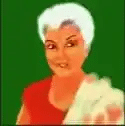
Malaysian artist Christina Chin is a widely published haiku poet. She is a four-time recipient of top 100 in the mDAC Summit Art Contests, exhibited at the Palo Alto Art Center. She is the sole haiku contributor for MusArt book of Randall Vemer’s paintings. 1st prize winner of the 34th Annual Cherry Blossom Sakura Festival 2020 Haiku Contest. 1st prize winner in the 8th Setouchi Matsuyama 2019 Photo-haiku Contest.
.
.
___
.
.
.

Martel Chapman found artistic inspiration in Francis Wolff’s cover photograph of John Coltrane’s Blue Train album, and has been creating art honoring the artistic geniuses of jazz music ever since.
Click here to visit his website
.
.
___
.
.
Francis Clements began writing fictional short stories and poems when he retired from work, and always thinks about stories and poems to write. He lives in Helensburgh, Scotland.
.
.
___
.
.

A retired superyacht Captain and coming to jazz & poetry late in life, Jeff Dunn enjoys conveying his feelings found in jazz music
.
.
___
.
.
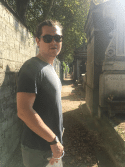
Michael Edman is a writer from Oklahoma. He finds inspiration in jazz songs such as Coltrane’s “Alabama” and Sidney Bechet’s “Si Tu Vois Ma Mère.” When not working on poetry, Michael enjoys writing short stories, and he’s currently putting the finishing touches on a first novel.
.
.
___
.
.

Stan Ellis is a 34-year veteran in the music public education field. Two of his short stories have been published online; “Ghost Music” (on Jerry Jazz Musician), and “Grand Clippers” (on The Writer’s Journal). His poem “Life is Jazz” was also published on Jerry Jazz Musician. He resides in Falmouth, MA.
.
.
___
.
.

Mark Fogarty is a poet, musician and journalist. He curates The Jaco Pastorius Gig List on Facebook
.
.
___
.
.

Connie Johnson is based in Los Angeles, CA and is a four-time Pushcart Prize-nominated poet. Everything is Distant Now (Blue Horse Press), is her debut poetry collection; In a Place of Dreams, her digital album/chapbook (containing audio readings and personal narrative), was published by Jerry Jazz Musician. Click here to view it.
.
.
___
.
.

Published globally with little reportable income, Mike Jurkovic’s full length poetry collections include Buckshot Reckoning, mooncussers, American Mental (Luchador Press, 2023, 2022, 2020); and Blue Fan Whirring (Nirala Press, 2018). Now in its 25th year, Mike serves as President of Calling All Poets, New Paltz, NY.
He loves Emily most of all.
.
.
.
___
.
.

Tim Maloney, a retired musician, author, and arts administrator, has played in everything from Dixieland and polka bands to Basie-style big bands and yuppie bar bands, has directed high-school and college jazz ensembles, and greatly enjoys listening to younger talents, such as Patrick Bartley, Emmet Cohen, Samara Joy, and Esperanza Spalding.
.
.
___
.
.
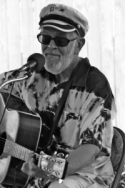
Malcolm McCollum taught English literature and composition, humanities and music history for 35 years at Colorado colleges and universities. He has published Dmitri’s Agenda, The Guards, Translations from the Human (with Zigmund Steiner) (poetry), My Checkered Career and The Aim Was Song (memoirs), Can You Hear Me Now? and A Loose Canon (essays on media and literacy and favorite writers)
.
.
___
.
.

Mike Mignano, retired Ocala, FL.
Hometown Ithaca, NY. Grad Univ.
of Miami and Cumberland
School of Law. Interests include:
travel; guitar; choral singing; hymn
lyric/poetry writing; viewing
sports; and attending theatre.
.
.
___
.
.
Michael L. Newell lives on the Atlantic Coast of Florida. His most recent book of poems is Passage of a Heart.
.
.
___
.
.

Mary K O’Melveny, retired labor rights lawyer, lives with her wife near Woodstock, NY. Mary became a fan of Jazz as a very young girl listening to Louis Armstrong and Lester Young on her grandparents’ Victrola record player. Mary’s award-nominated poetry appears in many print and on-line literary journals, anthologies and national blog sites. Mary has authored three poetry collections. Her just-released fourth book, Flight Patterns, is available by clicking here
Click here to read If You Want to Go to Heaven, Follow a Songbird – Mary K O’Melveny’s album of poetry and music, published by Jerry Jazz Musician
Click here to visit her web site
.
.
___
.
.
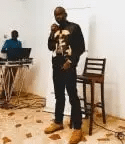
Uchechukwu Onyedikam is a Nigerian creative artist based in Lagos, Nigeria. His poems have appeared in Amsterdam Quarterly, Brittle Paper, Poetic Africa, Hood Communists, The Hooghly Review, and in print anthologies. ChristinaChin and he have co-published Pouring Light on the Hills (2022)
.
.
___
.
.

.
Bernard Saint is a U.K. poet who has published in U.K. and United States literary magazines since the 1960’s. He is a regular contributor to International Times. His most recent book is ROMA, published by Smokestack Books. He worked as a therapist and supervisor in the U.K. National Health Service in psychiatry and in addiction recovery.
.
.
___
.
.

Bradley Samore has worked as an editor, writing consultant, English teacher, creative writing teacher, basketball coach, and family support facilitator. His writing has appeared in The Florida Review, Carve, The Dewdrop, and other publications. He is a winner of the Creative Writing Ink Poetry Prize. Click here to visit his website
.
.
___
.
.
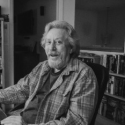
Terrance Underwood is a retired Gas Turbine Package Engineer whose career offered opportunities to work all over the world. A devoted jazz enthusiast, his first memory operating a mechanical devise was a 4-speed spindle drop record changer for his father’s collection of 78s.
Click here to read Proceeding From Behind: A collection of poems grounded in the rhythmic, relating to the remarkable, by Terrance Underwood
.
.
___
.
.

Robert Walicki’s poems have appeared in over 50 journals. A two-time Pushcart and a Best of The Net nominee, Robert’s second chapbook. The Almost Sound of Snow Falling was included in the exhibition catalog for New York’s Poet’s House, and his latest full-length poetry collection is Fountain from Main Street Rag Press. His forthcoming poetry collection, Watershed, will be published by Broadstone Press.
.
.
___
.
.

J. Stephen Whitney is a Portland, Oregon writer who takes a strong approach to his creativity and has a genuine desire to write. His work has appeared in a wide variety of journals and anthologies. He looks to the spontaneity of jazz for creative inspiration.
.
.
_____
.
.
___
.
.
Click here for all editions of “21 jazz poems…”
.
.
___
.
.
Click for:
Information about Kinds of Cool: An Interactive Collection of Jazz Poetry
More poetry on Jerry Jazz Musician
“Bluesette,” Salvatore Difalco’s winning story in the 67th Jerry Jazz Musician Short Fiction Contest
More short fiction on Jerry Jazz Musician
Information about how to submit your poetry or short fiction
Subscribe to the (free) Jerry Jazz Musician quarterly newsletter
Helping to support the ongoing publication of Jerry Jazz Musician, and to keep it commercial-free (thank you!)
.
___
.
.
Jerry Jazz Musician…human produced since 1999
.
.
.
.
.
.






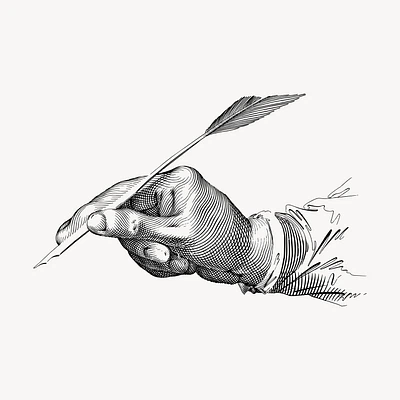
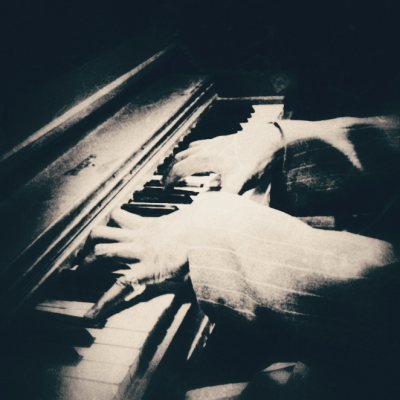

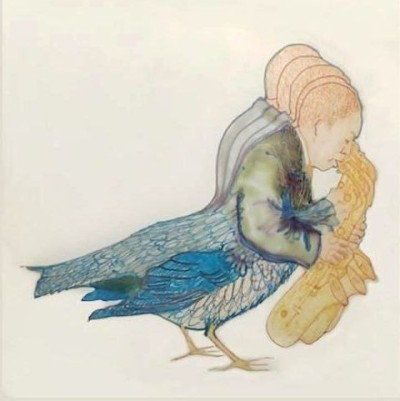
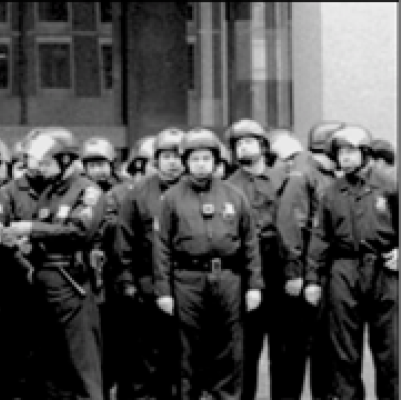
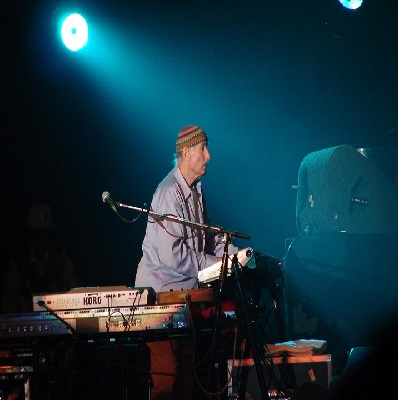

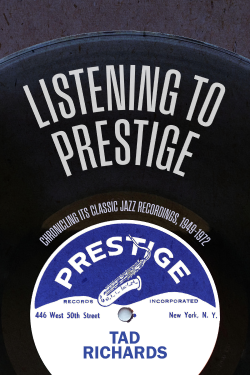

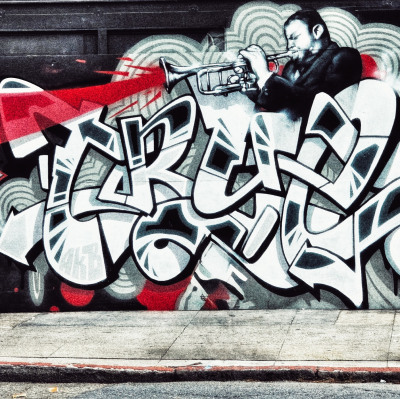
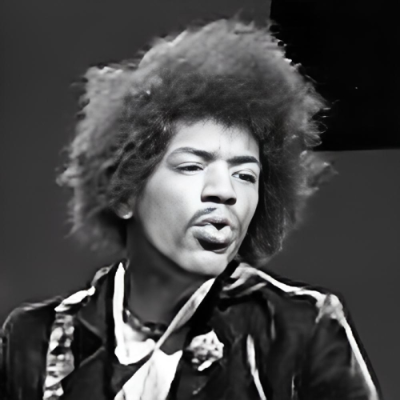

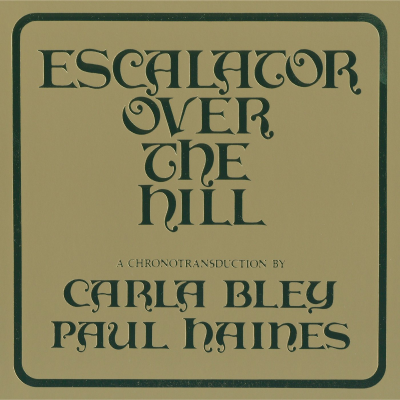


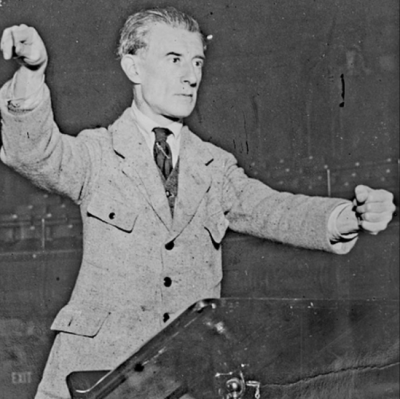
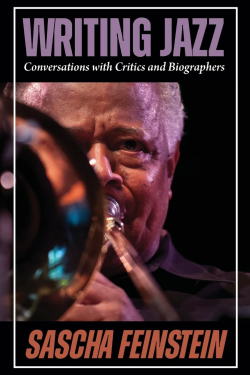
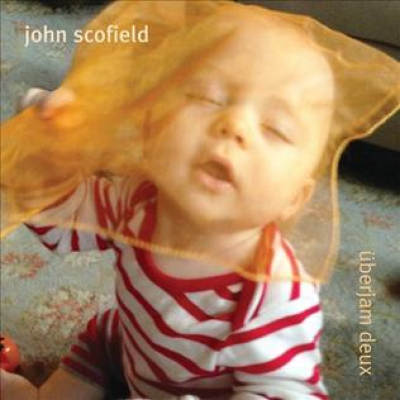
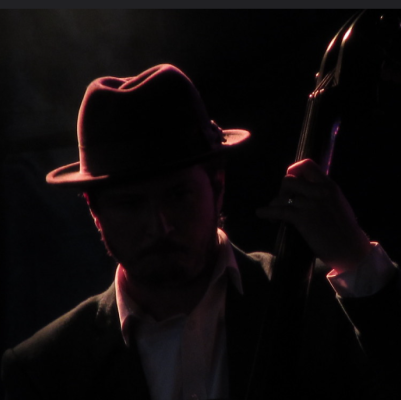


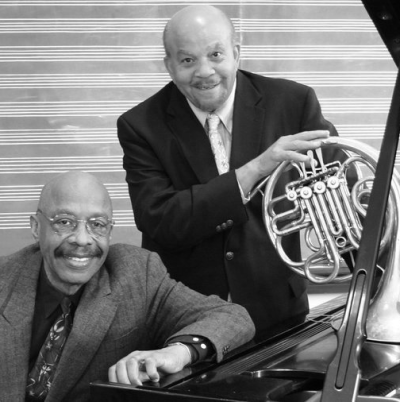

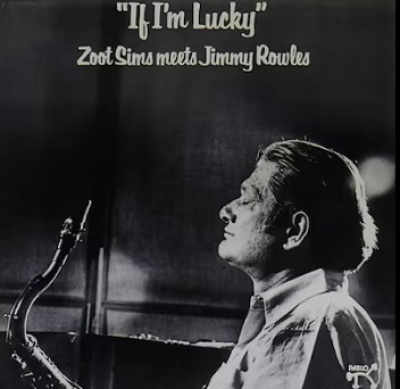
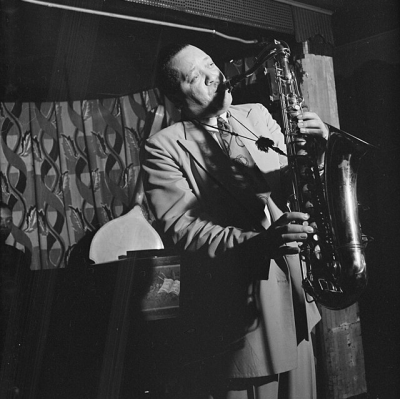

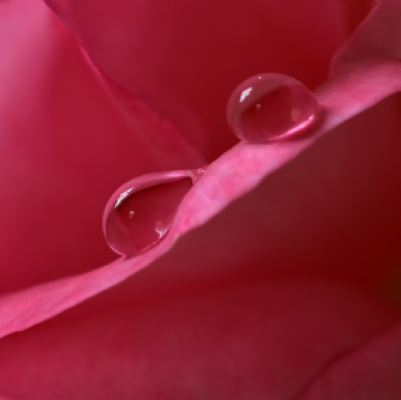


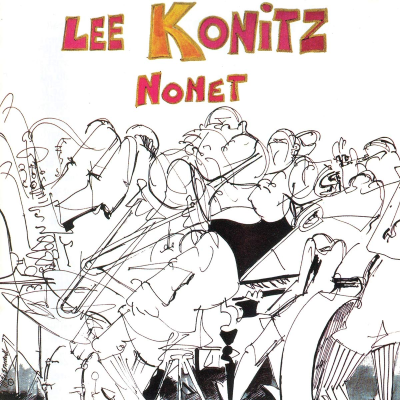








What a gorgeous collection of writing, of musical prose and poetry. From Life is Jazz by Stanley (Amen!) to the lyrical Chicago Sunset with Joshua Redmond by Mary O’Melveny. These poems contain so much truth and music. I’ll come back to read them over and over! Thank you so much!